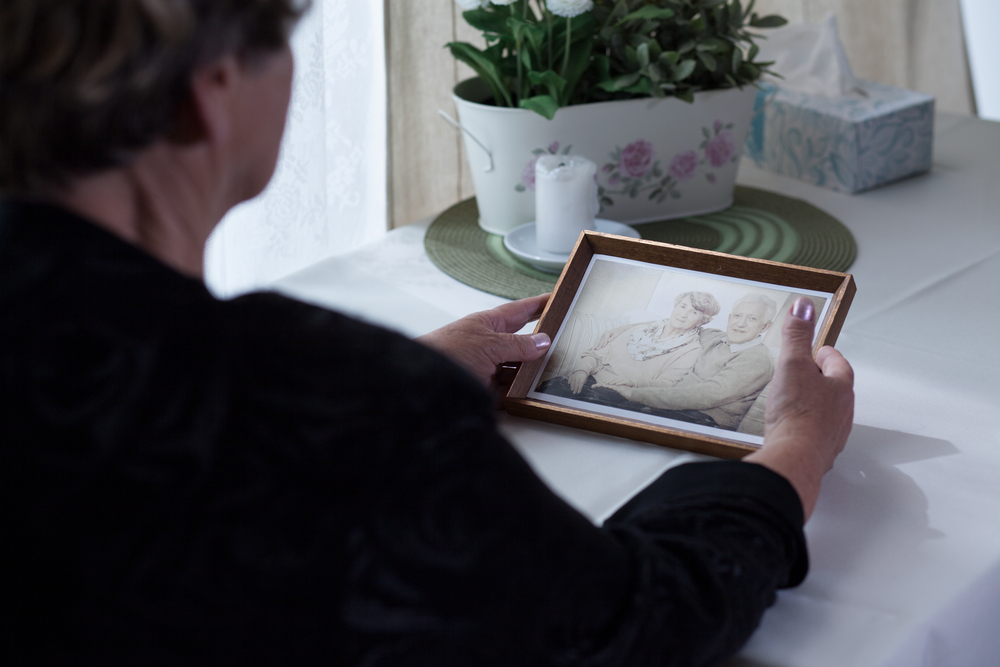How to Write a Eulogy: Tips for Speaking at a Funeral
Category:

No one finds it easy to write a eulogy or speak at a funeral. Carrying the grief of loss and a natural fear of public speaking, it can be difficult to even decide what to say at a funeral. But figuring out how to give a eulogy can be made manageable. With a little preparation, you’ll be able to organize your thoughts, impart meaningful sentiments, and honor those who made a palpable impact on your life.
Keep It Personal
Great eulogies don’t sound like they’re being read off a newspaper, and they don’t impersonally list off a series of facts like an obituary. Great eulogies tend to read conversationally, like you were talking to a friend. You can start by introducing yourself in relation to the decreased.
As with most strong writing, a eulogy should show rather than tell. Don’t simply list the qualities you admired about the deceased, tell stories that focus on those qualities. Do you have favorite memory with them? What lessons did they teach you? How did they influence the person you are today? Answering questions like these can get you started on choosing a story, and explicitly stating the point of the story can help you conclude.
Download Coping with Grief and Loss Guide
Keep It Positive and Brief
Television has a cliché where some character uses a funeral to carp about character flaws of the deceased. But real life isn’t television. In giving a eulogy, it’s not your job to inform the audience that the deceased was a complicated, three-dimensional person. Focus on the positive. If a negative topic can’t be avoided, then use euphemisms to make the language more appropriate.
For writing a eulogy, less is more. Try to keep your eulogy between 3 and 5 minutes. Longer eulogies should only be undertaken by accomplished pubic speakers, or you’ll find inexperience can lead you to ramble, speak unclearly, and lose your audience.
Keep Practicing and Editing
Strong writing doesn’t always translate well to spoken word, so practice reading your eulogy out loud. While you’re practicing, try and intentionally speak with a slow and measured pace, not unlike a politician. When people get nervous, they tend to speed up their speaking, but intentionally slowing down to enunciate can help.
After you’ve written a draft, step away for a full day and return with fresh eyes. Nearly all strong writing is created in editing. Recharging physically and emotionally may give you valuable insight into whether or not you’ve said the right things.
Keep It Written
Great speeches are rarely given by people who have memorized every line. Instead, speakers use teleprompters, index cards, or carry full copies of their remarks. For the purpose of a eulogy, having a written copy on-hand will make sure you can get through your remarks even if you become emotional.
Furthermore, writing down your eulogy allows you to ask for feedback from someone who knows the deceased. An outside perspective can be useful for determining if your writing is confusing, if you forgot something important, or if any of your remarks seem inappropriate.
Preparing to Speak
Public speaking is terrifying, and that’s before you add the loss of someone you care about. Practice reading your eulogy a few times to become familiar with it, and make sure it’s the right length. If you stumble during your speech, don’t fret. Your audience knows anyone giving a eulogy is trying their best. With that in mind, giving your eulogy shouldn’t feel like a challenge. Instead, consider it an opportunity to honor cherished memories of the one you’ve gathered to remember.
Subscribe
Date: February 27, 2018
Category:


